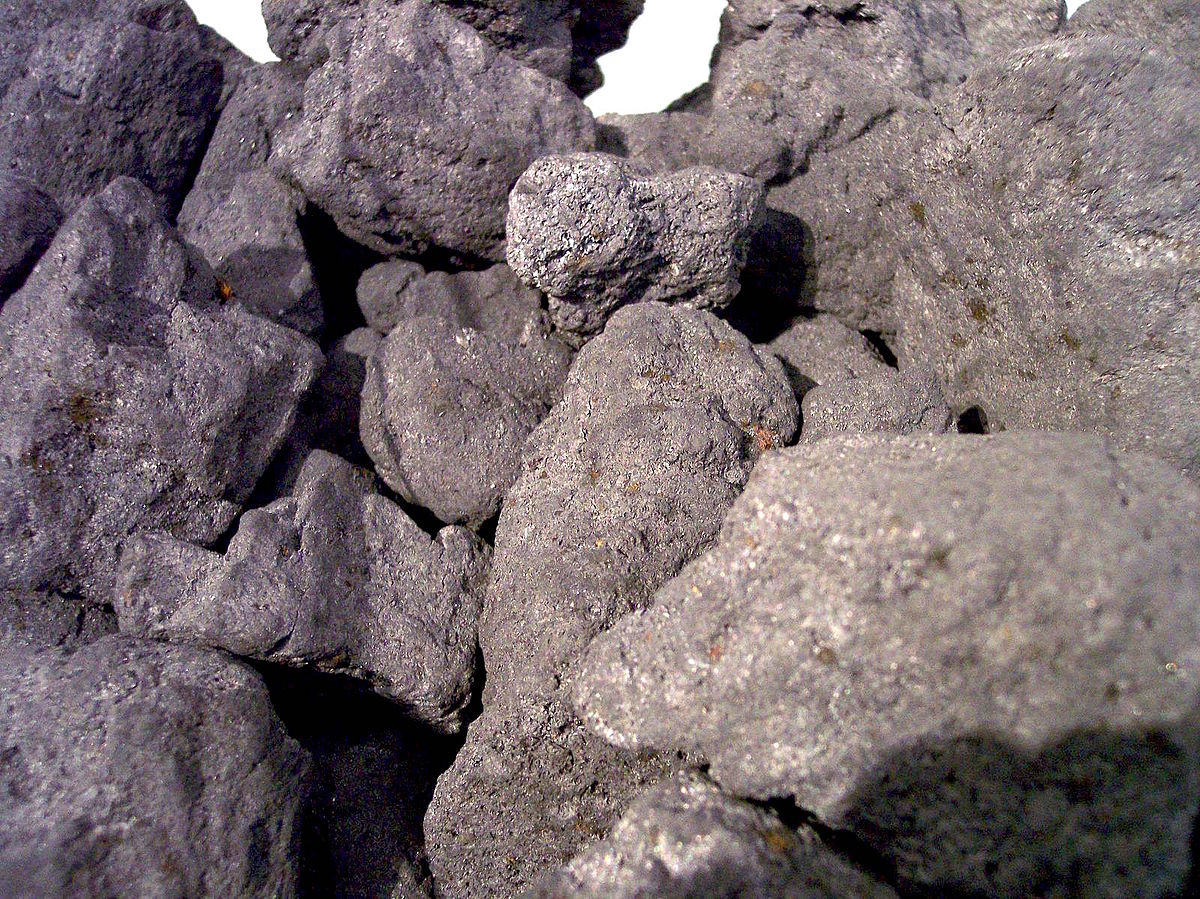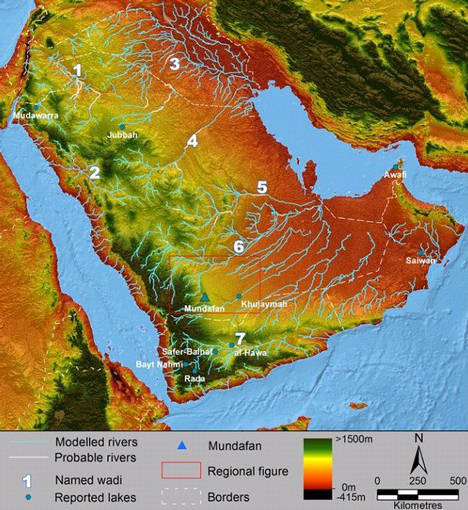Dilbert Cartoon on Climate Change Prompts Rebuttal from Yale
A Dilbert cartoon on climate change appears to have irked climatologists and a communications group at Yale University.
Ross McKitrick | May 31, 2017
A communications group at Yale University has put out a video (see below) that seems to be a rebuttal to a Dilbert cartoon by Scott Adams poking fun at climate scientists and their misplaced confidence in models. The video is full of impressive-looking scientists talking about charts and data and whatnot. It probably cost a lot to make and certainly involved a lot of time and effort. The most amazing thing, however, is that it actually proves the points being made in the Dilbert cartoon. Rather than debunking the cartoon, the scientists acted it out in slow motion.
The Dilbert cartoon begins with a climate scientist saying “human activity is warming the earth and will lead to a global catastrophe.” When challenged to explain how he knows that, he says they start with basic physical principles plus observations about the climate, which they then feed into models, pick and choose some of the outputs, then feed those into economic models, and voila. When asked, what if I don’t trust the economic models, the scientist retreats to an accusation of denialism.
The Yale video ends in exactly the same way. After a few minutes of what I will, for the moment, call “scientific information,” we see climatologist Andrew Dessler appear at the 4:28 mark to say “It’s inarguable, although some people still argue it – heh, heh.” As in, ah those science deniers.
What exactly is “inarguable”? By selective editing we are led to believe that everything said in the video is based on multiple independent lines of evidence carrying such overwhelming force that no rational observer could dispute it. Fine, let’s go to the 2:38 mark and watch someone named Sarah Myhre tell us what this inarguable science says.
“It’s irrefutable evidence that there are major consequences that come with climate warming, and that we take these Earth systems to be very stable, we take them for granted, and they’re not stable, they’re deeply unstable when you perturb the carbon system in the atmosphere.”
How does she know this? From models of course. These claims are not rooted in observations but in examining the entrails of model projections. But she has to pick and choose her models because they don’t all say what she claims they say. Some models show very little sensitivity to greenhouse gases. If we put the low-sensitivity results into economic models the results show that the economic impacts of warming are very low and possible even negative (i.e. a net benefit). And the section of the IPCC report that talks about the consequences of warming says:
For most economic sectors, the impact of climate change will be small relative to the impacts of other drivers (medium evidence, high agreement). Changes in population, age, income, technology, relative prices, lifestyle, regulation, governance, and many other aspects of socioeconomic development will have an impact on the supply and demand of economic goods and services that is large relative to the impact of climate change.
It goes on to show (Figure 10-1) that at low levels of warming the net economic effects are zero or positive. As to the climate being “deeply unstable” there’s hardly any point trying to debate that since these are not well-defined scientific words, but simple reflection on human experience will tell you that the climate system is pretty stable, at least on decadal and century time scales. The main thing to note is that she is claiming that changes to atmospheric CO2 levels have big warming effects on the climate and will cause a global catastrophe. And the only way she knows this is from looking at the outputs of models and ignoring the ones that look wrong to her. Granted she isn’t bald and doesn’t have a little beard, but otherwise she is almost verbatim the scientist in the cartoon.
Much of what she says in the video is unsubstantiated and sloppy. For instance she talks (2:14) about paleoclimatic indicators like tree rings, ice cores and sediment cores as if they are handy records of past climate conditions without acknowledging any of the known problems extracting climate information from such noisy sources.
Her most telling comment was the Freudian slip at 1:06 when she says “There is incredible agreement about the drivers of climate science.” What she meant (and quickly corrected herself to say) was “climate change.” But her comment is revealing as regards the incredible agreement—i.e. groupthink –that drives climate science, and the individuals who do the driving. Myhre’s Freudian slip comes right after a clip in which Michael Mann emphatically declares that there are dozens of lines of evidence that all come together, “telling us the same thing,” adding “that’s how science works.” Really? The lines of evidence regarding climate do not all lead to one uniform point of view, nor is that how science works. If that’s how science worked there would be no need for research. But that’s how activists see it, and that’s the view they impose to drive climate science along in service of the activist agenda. As Dr. Myhre herself wrote in a recent op-ed:
Our job is not to objectively document the decline of Earth’s biodiversity and humanity, so what does scientific leadership look like in this hot, dangerous world? We don’t need to all agree with each other – dissent is a healthy component of the scientific community. But, we do need to summon our voices and start shouting from rooftops: “We have options”, “We don’t have to settle for cataclysm”.
Got that? The job of scientists is not objectively to gather and present evidence, but to impose an alarmist view and yell it from the rooftops. At least according to Sarah Myhre, Ph.D..
The video opens with a straw man argument: climate science is all just made up in computer models about the future, and it’s all just based on simulations. This is then refuted, rather easily, with clips of scientists listing some of the many observational data sets that exist. Whoopee. That wasn’t even the point of the Dilbert cartoon, it was just a straw man made up by the interviewer. Then, in the process of presenting responses, the video flits back and forth between lists of observational evidence and statements that are based on the outputs of models, as if the former prove the latter. For instance, when Myhre says (2:45—2:55) that the climate systems is “deeply unstable” to perturbations in the carbon “system” (I assume she meant cycle) the video then cuts to Andrew Dessler (2:55) talking about satellite measurements, back to Myhre on paleo indicators, then to Carl Mears and Dessler (3:11) talking about sea ice trends. None of those citations support Myhre’s claims about instability, but the selective editing creates the impression that they do.
Another example is a sequence starting at 1:14 and going to about 2:06, in which various speakers lists different data sets, glossing over different spatial and time scales, measurement systems, etc. Then an assertion is slipped in at 2:07 by Ben Santer to the effect that the observed warming can’t be explained by natural causes. Then back to Myhre listing paleoclimate indicators and Mann describing boreholes. The impression created is that all these data types prove the attribution claim made by Santer. But they do no such thing. The data sets only record changes: claims about the mechanism behind them are based on modeling work, namely when climate models can’t simulate 20th century warming without incorporating greenhouse gas forcing.
So in a sense, the video doesn’t even refute the straw man it set up. It’s not that climate science consists only of models: obviously there are observations too. But all the attribution claims about the climatic effects of greenhouse gases are based on models. If the scientists being interviewed had any evidence otherwise, they didn’t present any.
Now suppose that they are correct in their assertion that all the lines of evidence agree. All the data sets, in Mann’s words, are telling us the same thing. In that case, looking at one is as good as looking at any of the others.
Ignore for a moment the selective focus on declining Arctic sea ice data while ignoring the expansion of Antarctic sea ice. And ignore the strange quotation from Henry Pollock (3:23—3:41) about how ice doesn’t ask any questions or read the newspaper: it just melts. Overlaid on his words is a satellite video showing the summer 2016 Arctic sea ice melt. Needless to say, had the filmmaker kept the video running a few seconds more, into the fall, we’d have seen it re-freeze. Presumably the ice doesn’t read or ask questions in the fall either, it just freezes. This proves what exactly?
Anyway, back to our assumption that all the data sets agree and say the same thing. And what is it they tell us? Many key data sets indicate that climate models are wrong, and in particular that they overstate the rate of warming, (see here, here, here, here, here, here, here, here, etc.). So according to the uniformity principle so strongly enunciated in the video, all the evidence points in the same direction: the models aren’t very good. And by implication, statements made based on the models aren’t very reliable.
There’s another irony in the video’s assertions of uniformity in climate science. At the 3:55 mark Michael Mann announces that there’s a consensus because independent teams of scientists all come at the problem from different angles and come up with the same answers. He’s clearly referring to the model-based inferences about the drivers of climate change. And the models are, indeed, converging to become more and more similar. The problem is that in the process they are becoming less like the actual climate. Oops.
So how did the video do refuting Scott Adams’ cartoon? He joked that scientists warning of catastrophe invoke the authority of observational data when they are really making claims based on models. Check. He joked that they ignore on a post hoc basis the models that don’t look right to them. Check. He joked that their views presuppose the validity of models that reasonable people could doubt. Check. And he joked that to question any of this will lead to derision and the accusation of being a science denier. Check. In other words, the Yale video sought to rebut Adams’ cartoon and ended up being a documentary version of it.









